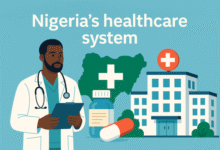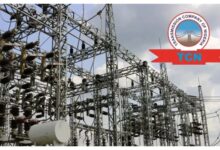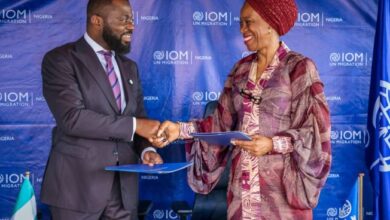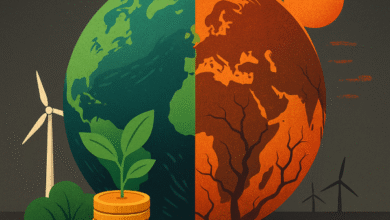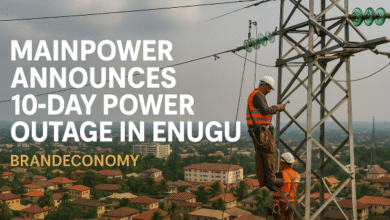FAAC Disburses N1.681 Trillion for April: Revenue Soars on Robust Oil, Tax Gains Amidst Fiscal Strains
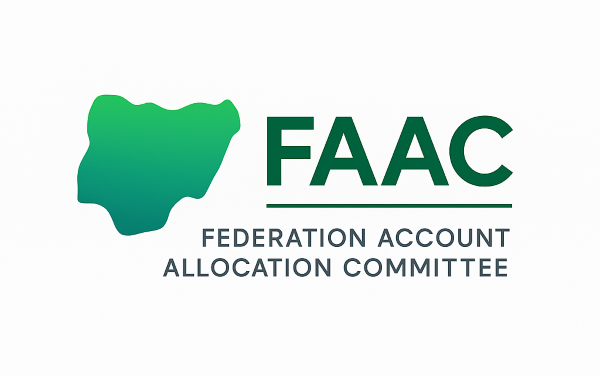
In what underscores a continued surge in government earnings driven by oil receipts and non-oil tax revenues, the Federation Account Allocation Committee (FAAC) has disbursed a total of N1.681 trillion as revenue for April 2025 to the Federal Government, 36 states and the 774 Local Government Councils (LGCs).
The revenue, shared at the FAAC meeting held in Abuja on Friday, reflects a notable uptick in Nigeria’s distributable income, fuelled by higher petroleum profit tax, royalties, VAT collections, and electronic money transfer levies (EMTL). The figures were confirmed in a communiqué issued by Bawa Mokwa, Director of Press and Public Relations at the Office of the Accountant-General of the Federation (OAGF).
Breaking Down the Trillion-Naira Windfall
The N1.681 trillion revenue shared by FAAC consisted of:
- Statutory revenue: N962.88 billion
- VAT: N598.08 billion
- Electronic Money Transfer Levy (EMTL): N38.86 billion
- Exchange Difference: N81.41 billion
This distribution comes from a gross revenue pool of N2.848 trillion, recorded in April 2025 — a sharp rise from March figures — signaling continued momentum in federal earnings despite a sluggish macroeconomic environment.
However, over N1.167 trillion was deducted upfront for collection costs, transfers, interventions, refunds, and savings, reflecting ongoing pressures from subsidy payments, debt service, and statutory transfers.
Who Got What?
- Federal Government: N565.31 billion
- State Governments: N556.74 billion
- Local Governments: N406.63 billion
- Derivation revenue to oil-producing states (13%): N152.55 billion
This reflects a balanced structure in vertical fiscal sharing — with states and LGs collectively receiving over 57% of the net allocation — in line with the provisions of the revenue-sharing formula.
Statutory vs Non-Oil Revenue Highlights
Of the N962.88 billion statutory allocation, the Federal Government took N431.31 billion, while states received N218.77 billion and LGCs got N168.66 billion. The oil-producing states also secured N144.15 billion as derivation.
From the VAT pool of N598.08 billion, the Federal Government received N89.71 billion, states took N299.04 billion, and LGCs got N209.33 billion. This indicates a marginal improvement of N4.65 billion over March’s VAT pool, pointing to resilient consumer spending and improving compliance across the value chain.
The EMTL, increasingly becoming a dependable revenue stream, contributed N38.86 billion, with N5.83 billion going to the FG, N19.43 billion to states, and N13.60 billion to LGs.
What’s Fueling the Rise?
According to the FAAC communiqué, revenue growth in April was driven by higher inflows from:
- Petroleum Profit Tax
- Oil & Gas Royalties
- Excise and Import Duties
- VAT and EMTL
However, there was a notable decline in Company Income Tax (CIT), suggesting possible headwinds in the corporate sector, especially among formal businesses grappling with FX volatility, high inflation, and weak consumer demand.
The Bigger Picture: A Windfall With Caveats
While the N1.681 trillion shared represents a significant increase in distributable revenue, fiscal experts caution that the figure masks underlying structural weaknesses in Nigeria’s revenue framework. The continued reliance on extractive revenues and one-off FX gains raises concerns about the sustainability of subnational government finances.
Moreover, with debt servicing and subsidy costs still exerting pressure, the government must channel growing FAAC receipts towards capital spending, infrastructure, and reforms — rather than recurring expenditure.
Outlook: Reforms, Compliance, and Diversification Remain Key
As Nigeria navigates a fragile economic recovery, stakeholders are calling for urgent reforms in revenue collection, particularly at the state and LG levels, where leakages remain prevalent. The steady rise in EMTL and VAT suggests that technology-driven revenue systems are yielding dividends, but scaling them remains crucial.
With the Presidential Fiscal Policy and Tax Reforms Committee working on new frameworks, including potential adjustments to VAT and levies, analysts expect greater clarity on medium-term fiscal plans by mid-year.
For businesses, investors, and policymakers alike, April’s FAAC allocation is a mixed bag — impressive in quantum, but loaded with fiscal complexity. The real challenge lies in translating these revenues into broad-based economic resilience.


